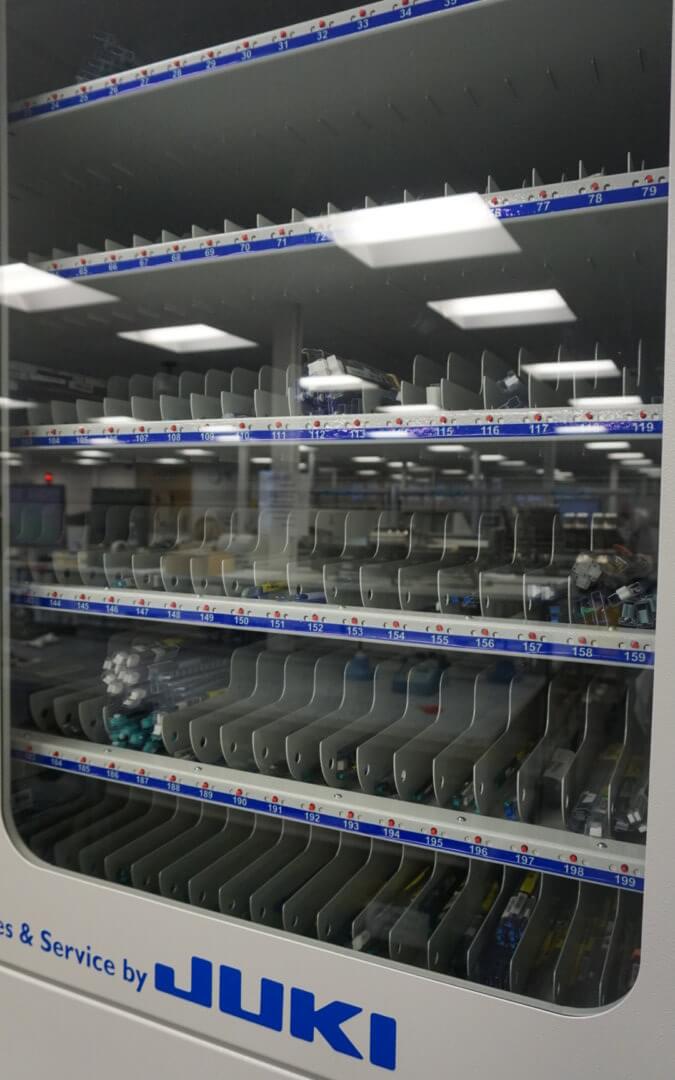Surface Mount Technology (SMT) has become a core construction technology in current industrial electronic product designs.
Although there is still a considerable amount of conventional or Pin-Through-Hole (PTH) parts, especially on more rugged designs, SMT has become a fundamental method of assembly within modern electronics manufacturing and has helped expand and improve the capabilities of the industry.
What benefits does SMT have vs. other processes?
SMT has significant benefits compared to conventional PTH processes. So let’s have a look at the most obvious advantages of SMT:
- Reduced footprint: taking up less valuable PCBA surface area
- Smaller mass: leading to lower power consumption (hence less use of energy, materials and heat dissipation measures)
- Lower component cost: SMT devices often come in at a tenth of the cost of a PTH variant.
Although PTH tends to have better mechanical rigidity, this is generally not a concern unless associated with bulky connectors and high-power devices, so SMT satisfies diverse requirements.
However, SMT can also lower costs through less apparent benefits such as innovative machine-storage and component kitting processes. These techniques reduce the labour costs involved in manually retrieving components from storage as part of the kitting operation.
Automating these processes also lessens the chance of human error, eradicating costs associated with reworking recovery of these mistakes.
In addition, SMT automates the placement of components onto boards, through using innovative kitting technology such as JUKI Intelligent Storage.
Ensuring component reliability
SMT machine placement can also provide superior product yield and reliability in leadless devices, such as Ball Grid Arrays (BGAs), and more currently micro-BGAs, and chip-scale devices which require precise control during assembly but have the benefit of being a very repeatable process.
SMT also offers improved shock and vibration resistance as a result of the lower mass of components, further driving up reliability and increasing the product’s lifecycle.
The importance of kitting speed
A popular misconception in the mid-tier global manufacturing environment is that component placement speed is the primary hindrance to cost. This is not the case.
By far the biggest variables affecting manufacturing cost and product quality in high-mix environments are:
- Kitting speeds: pulling stock from storage
- Setting-up component feeders
- De-kitting: returning the components back to storage.
Whilst almost every Electronics Manufacturing Services (EMS) company will have some form of SMT capability, our focus on automation and process governance helps to drive significant benefits in terms of quality and cost.
We boast an array of assets:
- SMT conversion design services, converting existing PTH designs to SMT.
- Automated kitting infrastructure, such as a JUKI system, to speed up the assembly process whilst maintaining material control.
- RFID tracking that codes stock usage with superior accuracy.
- Automated component storage, removing the need for specific component bins. The system manages everything automatically.
- SMT job clustering that minimises or even eliminates changeover times between jobs.
- Intrusive re-flow options, allowing for boards to be retrofitted.
For further information on our surface mount offering, visit our manufacturing page.
